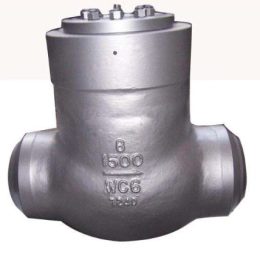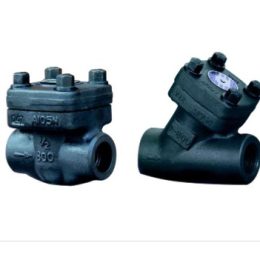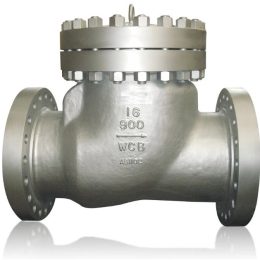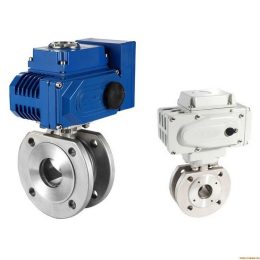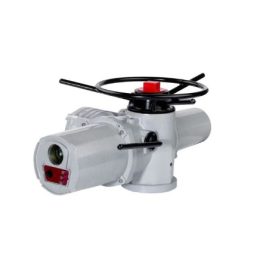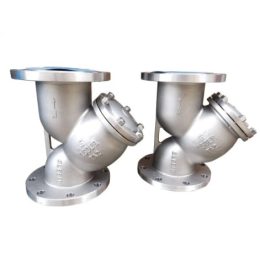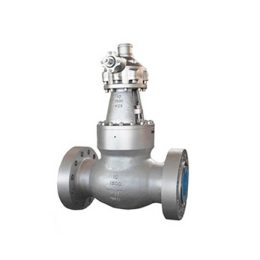What Are the Differences Between Socket Welds and Butt Welds?
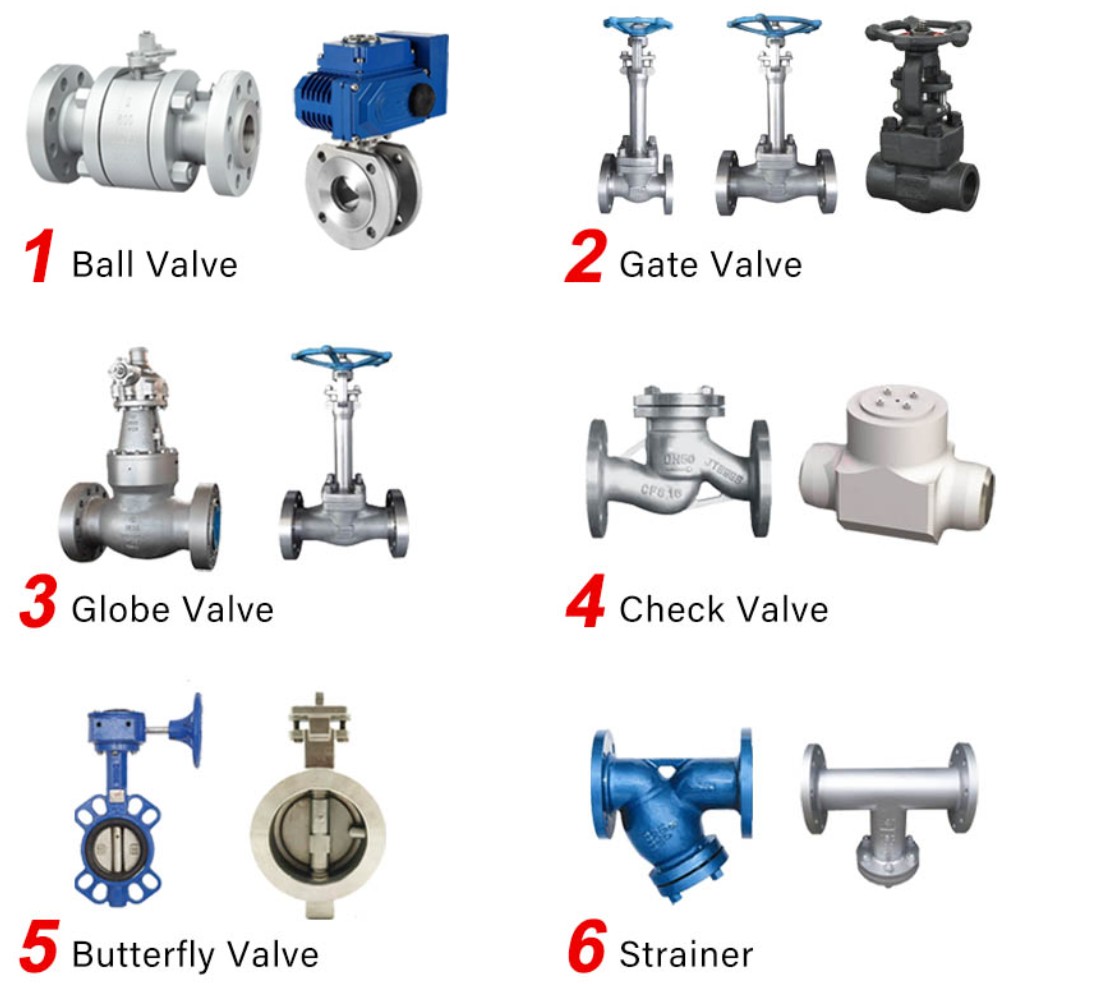
When it comes to joining pipes, two of the most popular welding techniques are socket welding and butt welding. Both methods are effective in connecting pipes, but they have some key differences. In this blog post, we will discuss the differences between socket welds and butt welds to help you make informed decisions for your industrial applications.
Strength
One major difference between socket welds and butt welds is their strength. Socket welds are stronger because they do not contain any welding filler material, making them less likely to fail under high-stress conditions. They are also simpler to install than butt welds, requiring minimal preparation and only basic welding skills.
Socket welds are commonly used to join smaller pipes, typically those with diameters under 2 inches (50mm). However, they can also be used on larger pipes, provided they are of the same size and shape.
On the other hand, butt welds offer greater strength and are leakproof, making them a more reliable option for needle valve connections. However, they require the expertise and time of an experienced welder.
Corrosion Resistance
The corrosion resistance of socket weld and butt weld flanges is determined by various factors such as the fluid being transported and pipe wall thickness. Socket weld is a standard connection used to join smaller diameter pipes and create branches from existing pipelines. The fitting includes a recess for the pipe, which makes placement easy and prevents stress failure when it expands during welding.
Socket welds are simpler to install, but they require a gap of approximately 1/16” at the bottom of the pipe where the valve will socket into. This gap provides space for thermal expansion, but it may lead to an overpressure problem that cracks the fillet weld of the fitting.
Butt welds, on the other hand, may have problems in corrosive fluid service due to crevice corrosion, which is why they are not commonly used in many applications. Nevertheless, they offer greater strength and are more durable than socket welds.
Cost
Cost is another factor to consider when deciding between socket welds and butt welds. Butt welds are more expensive to produce than socket welds and require a skilled welder for assembly. Additionally, they take longer to complete and may be challenging to fit up properly.
Socket welds, on the other hand, are simpler and faster to install, requiring approximately a 1/16” gap between the shoulder of the fitting and pipe end for thermal expansion. However, it is crucial to ensure that the gap is large enough; otherwise, it can cause stress problems that crack the fillet weld of a fitting. Furthermore, smooth pipe internals may become corroded due to this discontinuity in the joint, leading to a loss of strength and integrity throughout the system.
In conclusion, socket weld and butt weld are two popular welding techniques used to connect pipes. Although both methods have their advantages and disadvantages, it is essential to determine which welding method best suits your project before getting started. FLUID Valve is a leading valve manufacturer that specializes in producing high-quality valves for industrial applications such as oil, gas, power plants, chemicals, metallurgy, defense, paper, and more. Choose the right welding technique for your project and ensure the safety and durability of your pipelines.
- Understanding the Industrial Applications of Socket Welding Check Valves
- Trunnion-Mounted Ball Valve: Benefits and Limitations
- Cast Floating Ball Valves: Everything You Need to Know
- Insights on Metal-Seated Trunnion Ball Valves: 10 Must-Knows
- Understanding Pressure Seal Gate Valves: Design, Features, and Applications
- Efficient and Versatile: The Casted Floating Ball Valve for Industrial Applications
